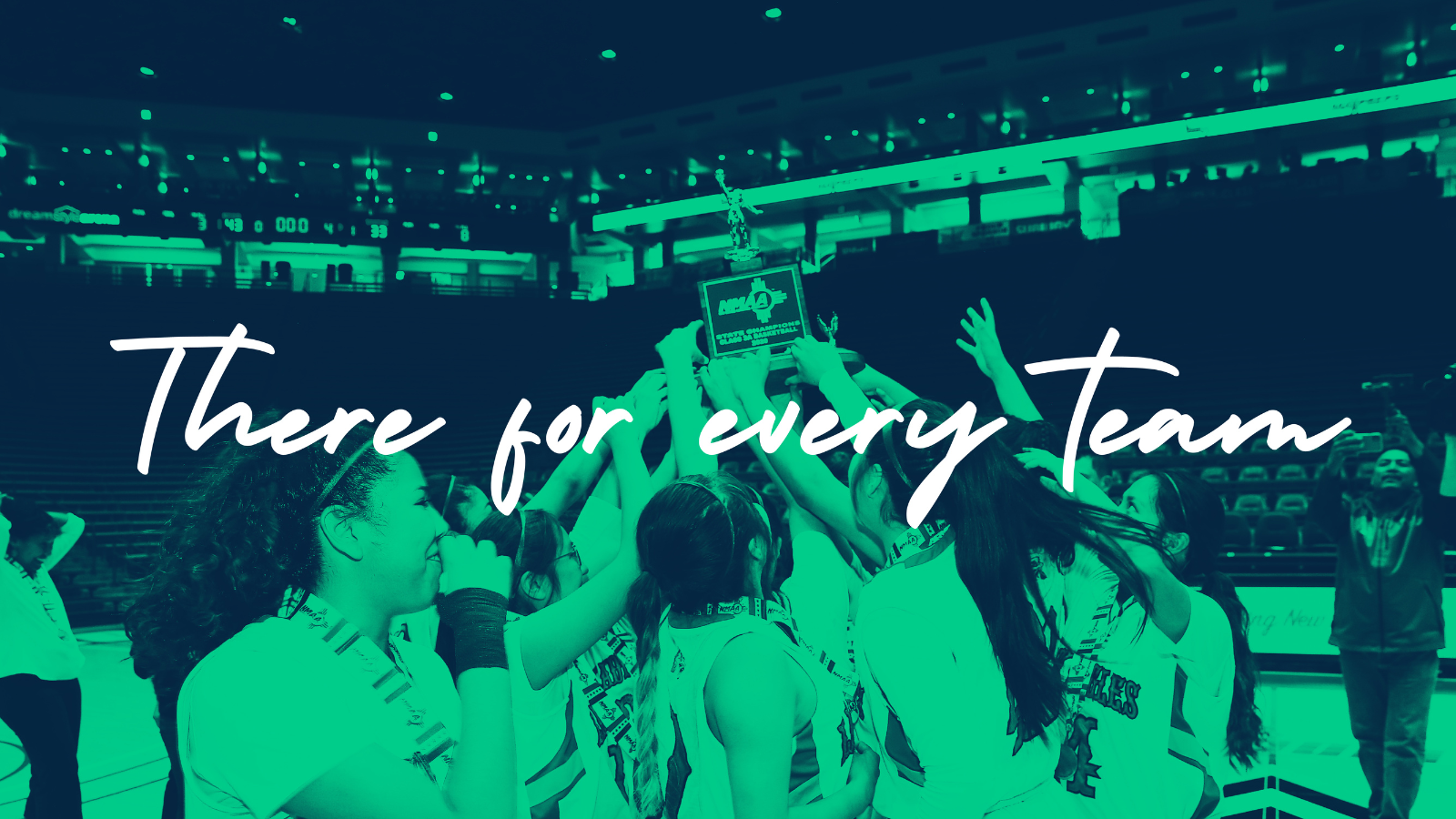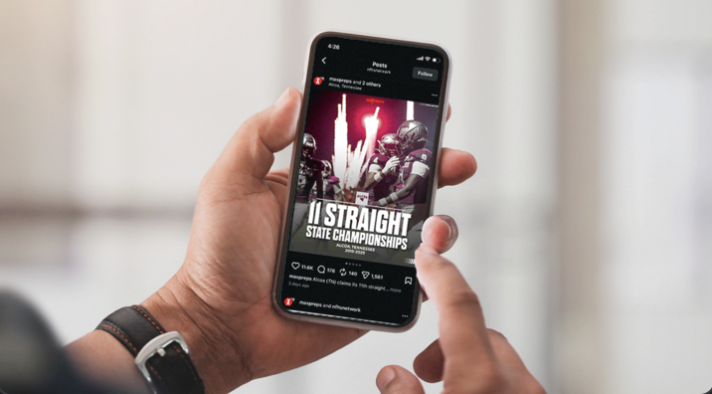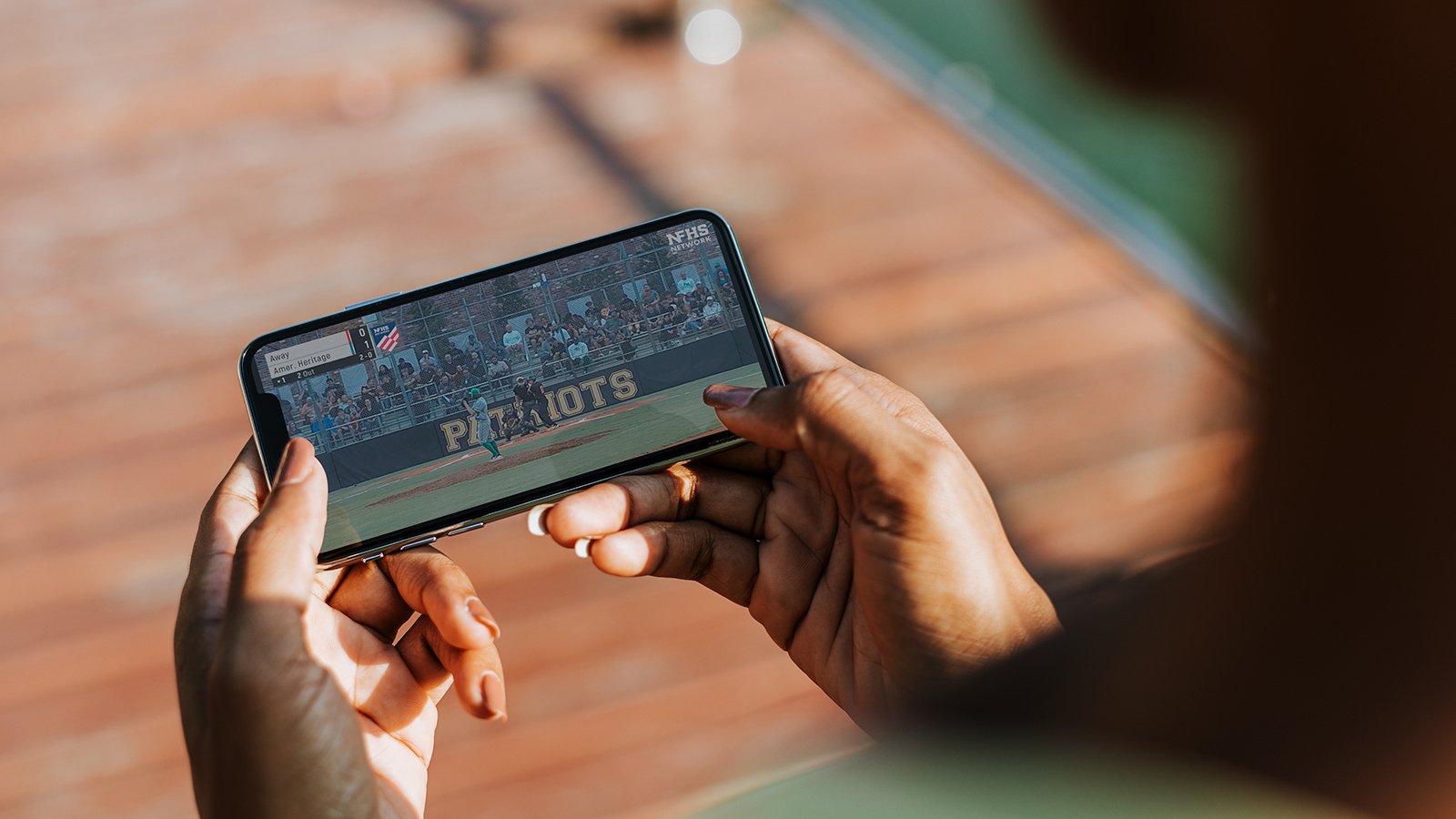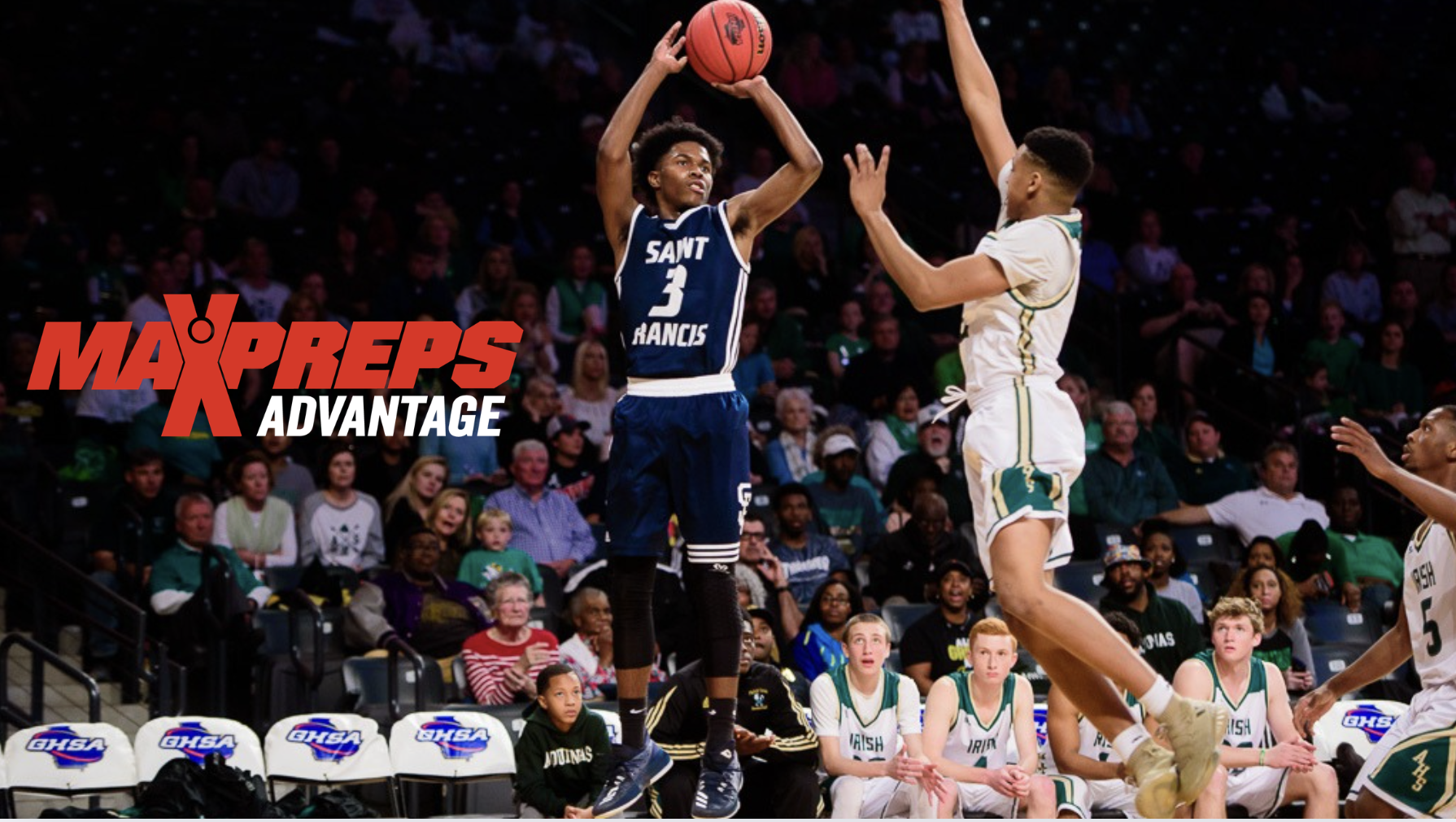Building Champions Online: Social Media Strategies from Top Athletic Programs
It’s no secret that social media has become essential for schools to promote their athletic programs and connect with fans. The problem most...
3 min read
![]() NFHS Network
:
Sep 30, 2022 12:00:00 AM
NFHS Network
:
Sep 30, 2022 12:00:00 AM

Educators nationwide strive to deliver equity for students throughout the curriculum, athletics, and activities. Teachers and administrators share a common goal of providing the best experience for all students to succeed.
With so many programs to oversee, it can be difficult to ensure that every student receives equal opportunities. Broadcasting programs can help schools level the playing field for different activities, particularly athletics.
By broadcasting events, schools can provide an accessible platform for all student-athletes while creating a more inclusive experience for fans.
Broadcasting events can help achieve equity by showcasing not only varsity football, but also JV volleyball, freshman basketball, and other sports and activities that tend to be underrepresented on streaming.
With the NFHS Network, schools can broadcast all sports with fully automated cameras. This approach minimizes extra work for busy educators while providing technology for all student-athletes to showcase their abilities.
The initiative to stream all athletic events is a key differentiator among other sports coverage options. Think about your local TV stations. What sports do they cover? Generally, TV stations and websites that cover high school sports focus on football because it tends to draw larger audiences. This allows them to sell more ads targeted to their viewership.
However, covering football alone does not achieve equity on campus. Only a small percentage of students play football or are involved with the football program. Collectively, more students are connected with other programs.
The NFHS Network uniquely promotes the streaming of all sports. Pixellot cameras capture high-quality footage automatically. All sports can be streamed and promoted, regardless of how many students are playing or how many fans are watching.
Over half of all high schools in the country broadcast with the NFHS Network, totaling over 2.5 million events and counting. The Network features live and on-demand coverage of 27 different sports at all levels, along with graduations, guest speakers, interviews, and award ceremonies.
With broadcasting, schools can provide access to all fans who are unable to attend events in person. Some fans may have scheduling conflicts related to other school activities, some may have to work, some may not be able to afford to attend every game, and others may live too far away from the school. There are countless other valid reasons why fans may not be able to make it to an event. Streaming gives cost-effective access to events for all.
By streaming events, schools can reach fans who can’t attend because of:
Some fans may be unable to attend events in person due to medical conditions or other personal circumstances. With broadcasting, fans who would ordinarily miss out on events can enjoy the video coverage from wherever they are.
Examples of Community Members Who Benefit from Event Broadcasts:
Providing online access to events creates a more inclusive experience, especially for fans who are medically vulnerable or have extenuating circumstances. By streaming events, schools can help ensure that these fans never miss a moment.
Getting students involved with the video production process helps foster equity as well. With Automated Production, schools can broadcast events effortlessly with Pixellot cameras that track the action with panning and zooming.
Schools also have the option to produce events manually and provide students with real-world journalism experience. With Manual Production, schools can design a full broadcast curriculum in which students provide commentary throughout the game, make announcements, and script interviews while considering the impact on their audience and the people featured in their broadcast.
This process can broaden students’ understanding of different backgrounds, and it supports the objective of delivering an equitable learning experience on campus. Given school guidelines for what can be produced and distributed online, the messages tend to be positive and inclusive. Students also gain access to experience in broadcast journalism while learning advanced technology.
Students who produce event broadcasts benefit from bringing these elements together. They plan for equity. They understand other students by collaborating with them. And they see the results with audience engagement, where equitable video productions resonate with their diverse fanbase.
In other words, when students achieve equity in their process and end productions in video, then the audience grows and tunes in to watch their work.
Ways Students Benefit from the Manual Production Process
Schools have a unique opportunity to create equity for students and fans by providing access to event coverage and broadcast programs. To learn more about how broadcasting can help your school, contact us for more information.

It’s no secret that social media has become essential for schools to promote their athletic programs and connect with fans. The problem most...

Everything high school Athletic Directors do keeps high school sports moving forward. Now, the NFHS Network moves with you. As an Athletic Director,...

Basketball season is here, and coaches across the country are facing a familiar challenge: how to provide their programs with professional-level...